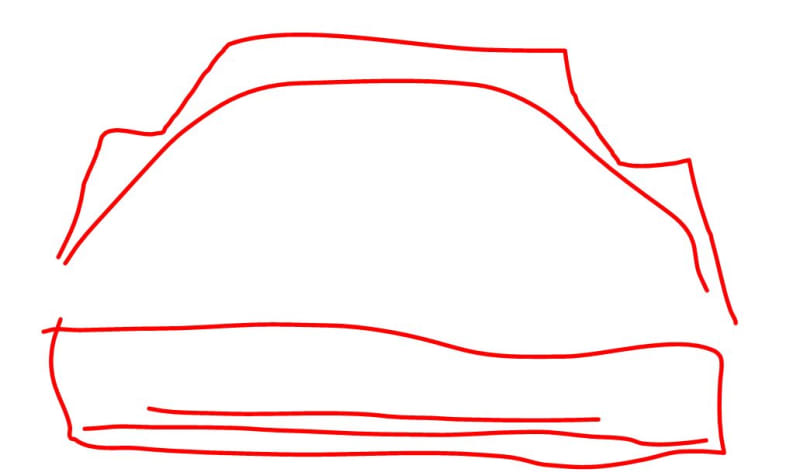cam_b
Structural
- Feb 21, 2024
- 18
In all the engineering offices i have worked. When looking at an R.C. cross-section with partially developed reinforcement, the general approach has been to reduce the bar area by multiplying the area of the bar by the percentage of the bar development. However, the phi factor is not usually changed. So it is treated as a smaller but still ductile reinforcing bar. But if the bar can never reach its yield strength because its not fully developed, then i don't see how that bar could fail in a ductile manner. I'm just wondering how others handle the situation of partially developed reinforcement?

